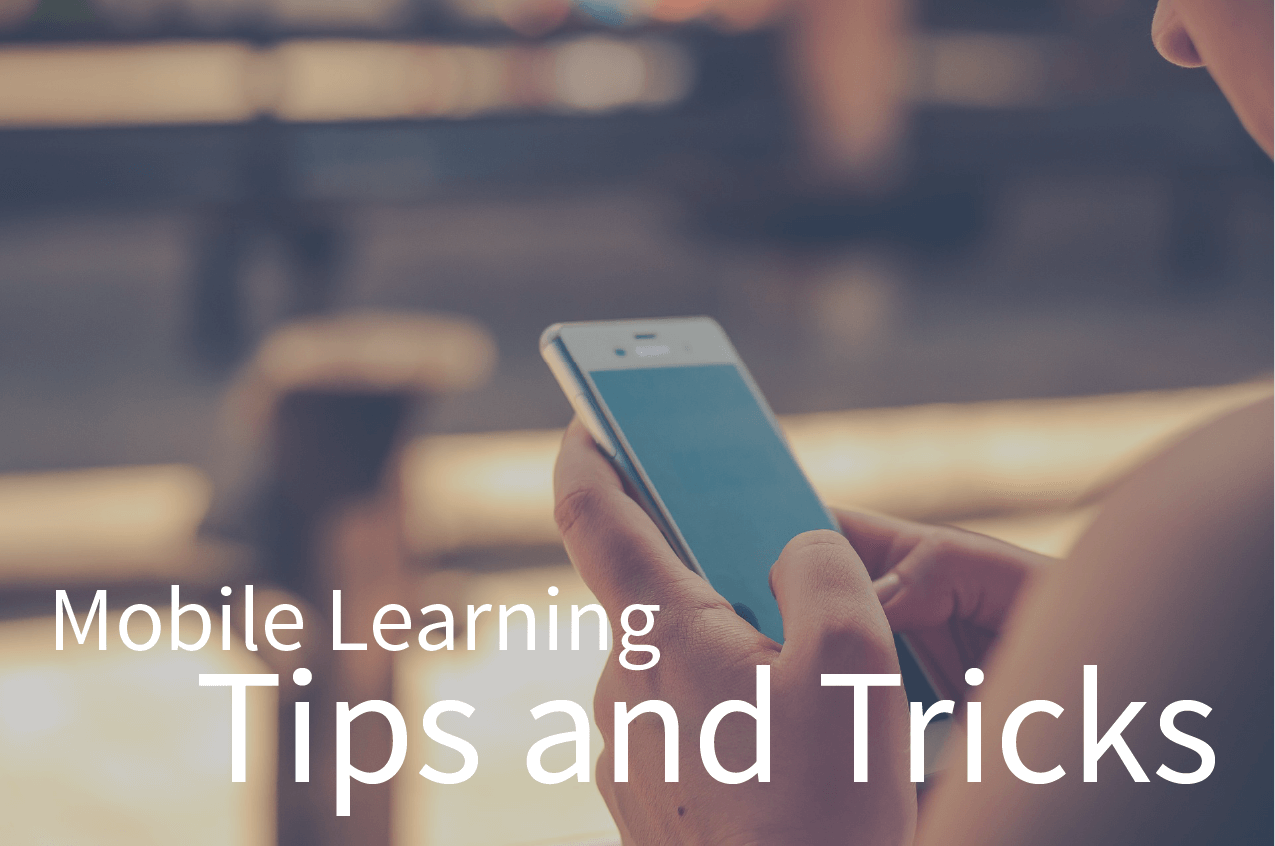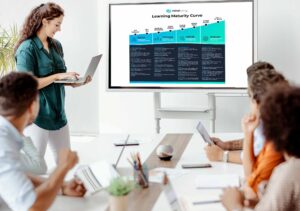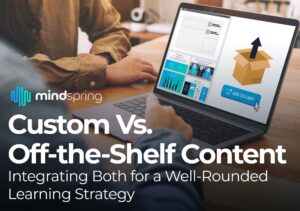In this ever-evolving, highly connected world we live in, you can certainly count on change. Since the introduction of the first camera phone in 2000, mobile use has exploded.
There are approximately 1.4 billion smartphones in service worldwide compared to 2 billion desktop computers. Additionally, mobile users account for 25% of web usage, and 9 in 10 Americans now use smartphones for work purposes.
According to some predictions, by 2020, there will be 5.5 billion mobile users. That equals an astounding 70 percent of the global population!
As the market becomes increasingly mobile, so must your eLearning. It is essential for the eLearning to be available on many different platforms and devices in order for employees to access the tool whenever and wherever they are ready to learn.
At Inno-Versity, we have developed unique and engaging training for companies worldwide, customized for the learner’s specific needs. Our team of experienced learning experts work closely with clients to ensure they get exactly what they are looking by applying our 5 Essential Elements of Excellence.
When designing for mobile learning, these are a few key factors that need to be considered:
- Navigation: Tabs or buttons need to be fairly large and comfortably placed so users can easily click and select. Carefully select your buttons and understand the various devices that may be used. What looks good on a desktop may be unusable on a mobile device.
- Readability: Size is important! The smaller the font, the harder it will be read on a mobile device and formatting may not be consistent. We find that 16 pixels usually works well.
- Content: Content needs to have a consistent look and feel across platforms. Knowledge checks, quizzes and tests are key for good learning, but can be difficult in a mobile device if not designed properly.
How does it all fit together?
Historically, eLearning used Adobe Flash to publish the learning materials. But many mobile devices are not compatible with Flash. HTML5 is supported on a wide range of devices and is better for mobile learning, but typically does not work on older browsers.
The tools used to create eLearning need to assist in developing powerful, engaging learning modules without requiring instructional designers to be coders as well. The tool needs to be able to publish to HTML5 and have responsive design. This allows the instructional designer to focus on authoring the content while letting the tool do the heavy lifting of “fitting” the content to different devices.
There are many tools currently on the market, and our team of instructional designers has experience in most of them. We have found these three tools effective and able to do that heavy lifting for mobile devices:
- Articulate Storyline
- Camtasia
- Adobe Captivate 9
Keep in mind, these are simply tools that assist in the output of a course. The real work is in the content and development of great learning.
At Inno-Versity, we believe everyone is created to learn. Our team of instructional designers and creative professionals provide a complete 360-degree solution to help you solve your learning challenges. Our tested learning process examines your current learning environment, measures current learning effectiveness, executes instruction, evaluates results, ensures learning success and finally extends/enlarges current learning based on effectiveness.
If you are interested in learning more about mobile design, eLearning, the tools we use, or if you want to create training that meet the needs of the changing workplace landscape, we would be happy to talk.
We can help you create a training program that is completely compatible.









